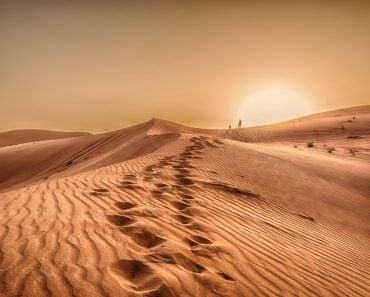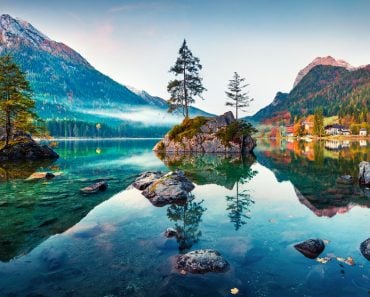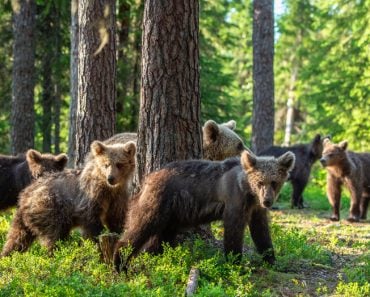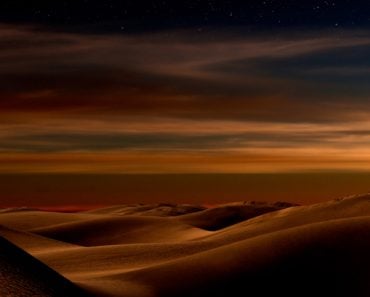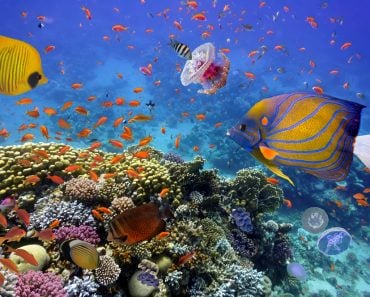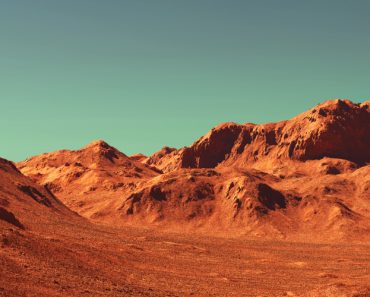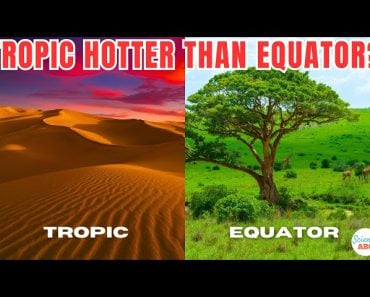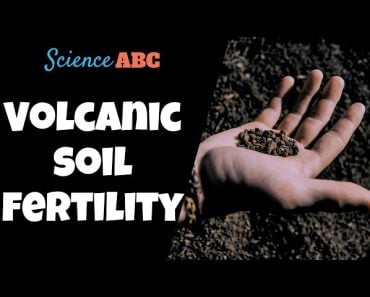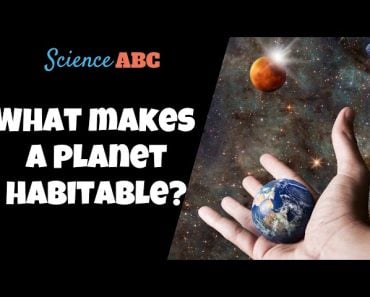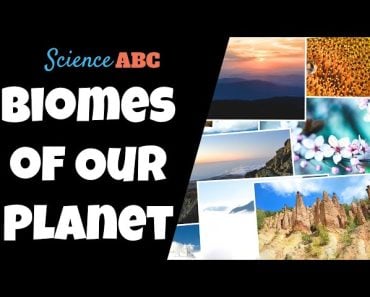Table of Contents (click to expand)
Yes, we need deserts. Deserts might look like barren wastelands, but they are far from it. They host a wide variety of life, and though they’re far apart, sand from the Sahara Desert is crucial for life in the Amazon Rainforest.
Vast stretches of land covered with sand having little to no presence of life, and occasional silhouettes of camels on the backdrop of a setting sun across the dunes: these are the kind of images that pop to mind when someone hears or thinks of a desert.
Regardless of the romanticism that these mental images possess, deserts are largely believed to be one of the most difficult places for any organism to live.
Such apparent lifelessness, prevailing harsh environmental conditions, and the depressing emptiness has made people consider deserts to be both ecological and economic wastelands. However, there is no dearth of reasons as to why deserts should be considered as unique geographical and ecological features on the planet, and why we should think of these ecosystems as critical to life as we know it.
Let’s explore that a little bit.
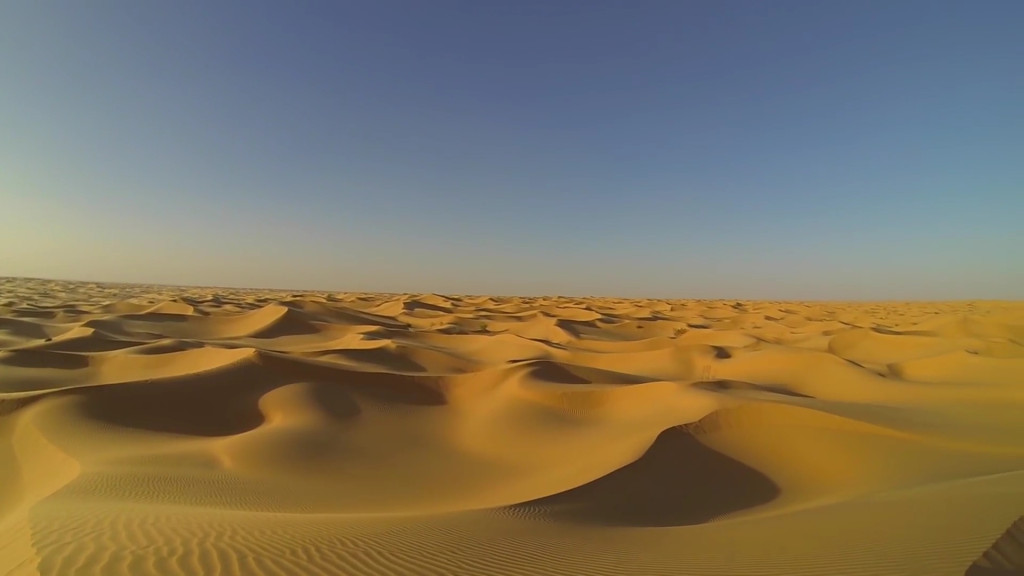
Recommended Video for you:
What Kinds Of Deserts Do We Have On Earth?
To understand the importance of desert ecosystems, we first need to know the different types of landscapes that fall under this umbrella term.
True deserts are often defined by the presence of certain environmental conditions, such as less than 25 cm of average annual rainfall and high levels of evaporation of water from the soil.
Under such a definition fall a whole range of habitats, some more apparent as “deserts” than others. Deserts of the world are largely classified into four distinct categories:
- Coastal Deserts: It’s a no-brainer that coastal deserts are large stretches of sandy areas located next to a sea or ocean, and are typically more prevalent on the west coast of the continents. For example, the Atacama Desert in South America.
- Hot and Dry Deserts: These are deserts that offer the harshest climatic conditions of all. These are huge patches of land with rolling sand dunes and annual rainfall of less than 0.2-20 cm, along with a very high rate of evapotranspiration. An example of this is the Sahara Desert in Africa.
- Semi-Arid Deserts: These are deserts with an average annual rainfall of 20-50 cm, which results in them being comparatively less arid and more favorable for vegetation than the previous category. The Great Basin Desert in North America is an example of this variety.
- Cold Deserts: Unlike the others, these are deserts located in extremely cold areas, generally situated in higher latitudes with low rainfall and high aridity, i.e., the Gobi Desert in Central Asia.
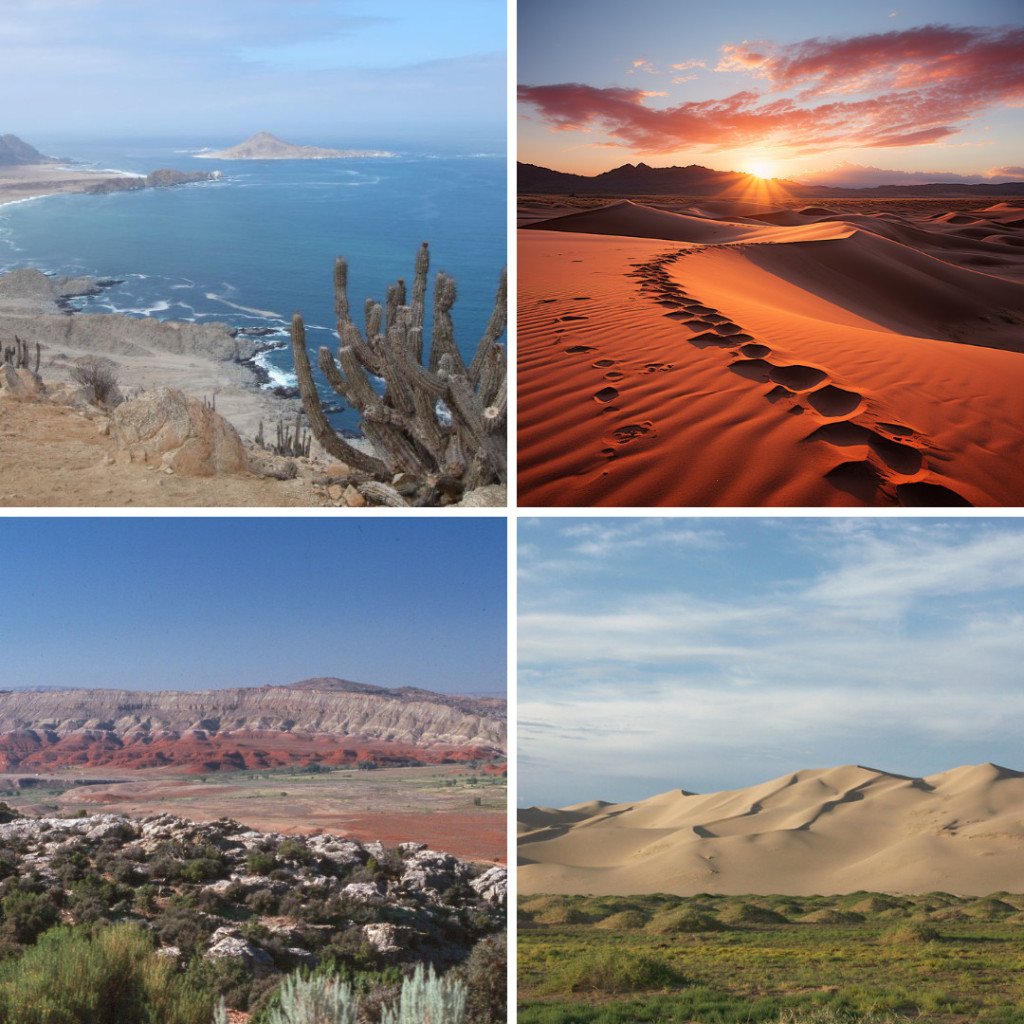
Deserts And The Services They Provide
Deserts cover almost 1/6th of the global landmass and are present on all seven continents. Although life in deserts is unforgiving, several species of animals and plants have adapted themselves to thrive and survive there. Many of these species are incapable of surviving anywhere else on the planet, suggesting the importance of deserts in maintaining global biodiversity.
Even humans have adapted themselves to live in the harsh climatic conditions of deserts. Almost 6% of the global population, including some of the most marginalized and destitute communities of the world, call deserts their home. These communities, mostly nomadic or semi-nomadic, have developed their own unique sociopolitical structures, cultures and customs, and have designed a way of life that is best suited for such challenging living conditions.
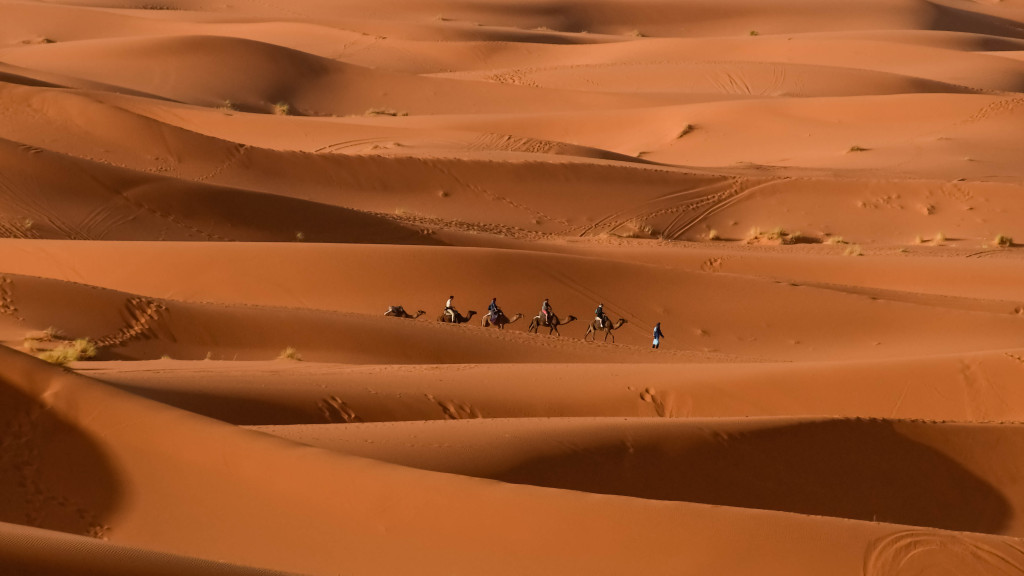
Counterintuitively, deserts are one of the major carbon storage sites on the planet, as they are net carbon sinks. They are one of the largest carbon sinks on the planet, with an estimated storage of 1 trillion metric tons. Under the current climate change scenario, existing deserts act as a line of defense against global warming.
Desert sands are also known as a major source of nutrients for areas as biodiverse as tropical rainforests. Although a little hard to believe, scientists have identified that the Saharan sand particles from Africa have helped the formation and maintenance of the Amazonian rainforest. The particles cross the vast Atlantic Ocean by hitchhiking on the westbound wind and settle in the Amazon basin in South America, making the soil nutrient-rich and nourishing the immensely biodiverse forests of the Amazon basin. It is believed that if the Sahara Desert was no longer present on the planet, the Amazonian rainforest would collapse.
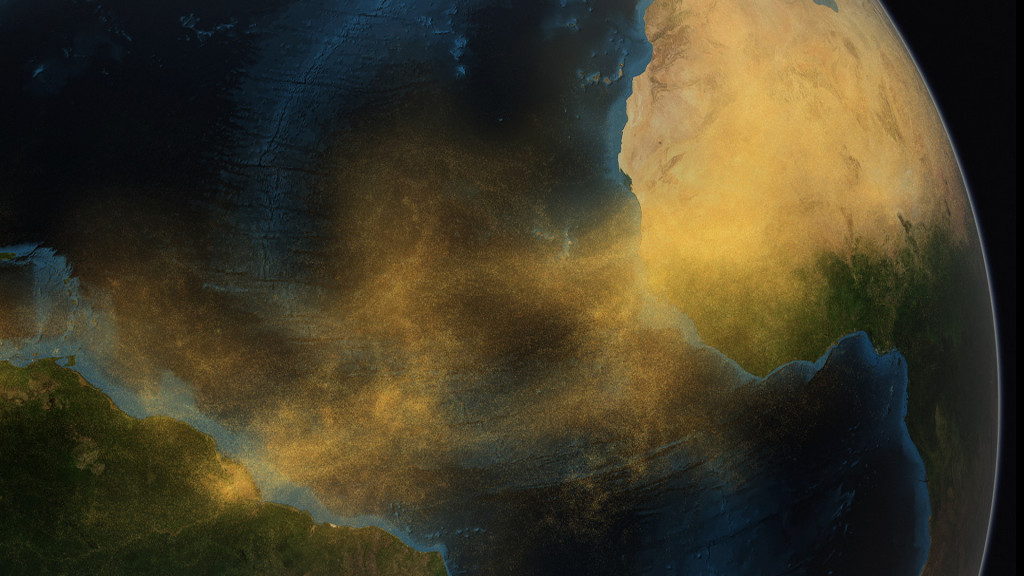
Deserts In The Age Of Humans
Despite all these critical services that deserts provide, they haven’t been spared from non-sustainable exploitation by humankind. Deserts harbor 13 of the 15 major mineral deposit types, as well as a considerable amount of mineral oil and natural gas. Many of these resources are harvested in a non-environmentally friendly manner, which leads to the overall degradation of these ecosystems.
Large-scale mining, habitat conversions, and the establishment of solar power plants have all been done in the name of making deserts ‘productive lands’. However, these choices coupled with climate change have already affected the ecosystem in many detrimental ways. Currently, deserts are one of the most fragile and threatened ecosystems on Earth.
Although the expansion of deserts into arid or semi-arid zones is alarming for the planet, a complete loss of deserts is neither wanted nor beneficial for the planet. The absence of deserts will not only impact global biodiversity in the form of species extinction, but will also bring catastrophic changes to the life and livelihood of the billion people who inhabit these spaces and impact the global economy.
Hence, the answer to the question we began with is simple:
Yes. We do need deserts on the planet!
References (click to expand)
- Durant, S. M., Pettorelli, N., Bashir, S., Woodroffe, R., Wacher, T., De Ornellas, P., … Baillie, J. E. M. (2012, June 15). Forgotten Biodiversity in Desert Ecosystems. Science. American Association for the Advancement of Science (AAAS).
- Santarém, F., & Paiva, F. (2015, October). Conserving desert biodiversity through ecotourism. Tourism Management Perspectives. Elsevier BV.
- Li, Y., Wang, Y.-G., Houghton, R. A., & Tang, L.-S. (2015, July 28). Hidden carbon sink beneath desert. Geophysical Research Letters. American Geophysical Union (AGU).
- Swap, R., Garstang, M., Greco, S., Talbot, R., & Kållberg, P. (1992, January 1). Saharan dust in the Amazon Basin. Tellus B: Chemical and Physical Meteorology. Stockholm University Press.
- Yu, H., Chin, M., Yuan, T., Bian, H., Remer, L. A., Prospero, J. M., … Zhao, C. (2015, March 18). The fertilizing role of African dust in the Amazon rainforest: A first multiyear assessment based on data from Cloud‐Aerosol Lidar and Infrared Pathfinder Satellite Observations. Geophysical Research Letters. American Geophysical Union (AGU).
- Desert.

